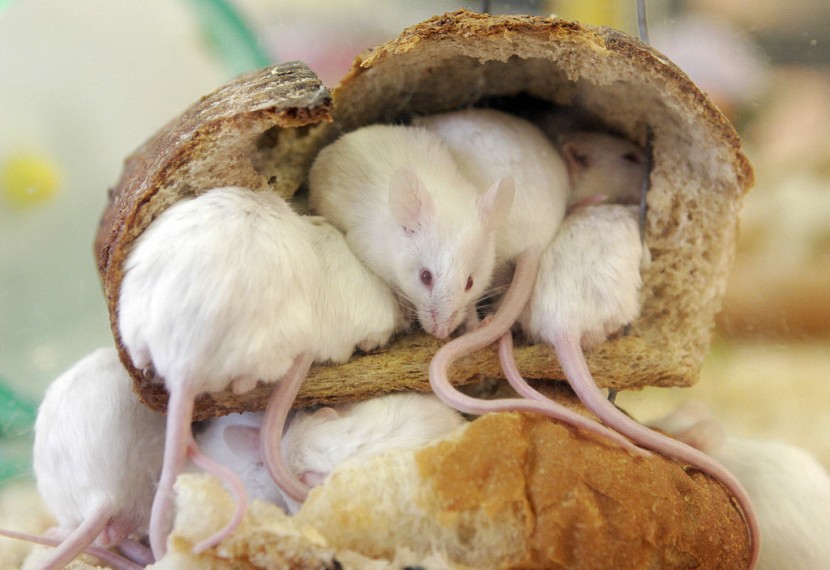Many signs of aging cannot be seen, slow and subtle. Yet gray hairs are one of the most obvious signs that the body is changing.

A Study in Mice
The hair turns gray when melanin-producing stem cells stop working properly. A study in mice provides a clearer picture of the cellular glitches that turn those hairs gray.
Adult stem cells have a more set path compared to embryonic stem cells. The melanocyte stem cells in the hair follicles are responsible for producing and maintaining hair pigment. Each hair follicle keeps immature melanocyte stem cells in storage.
When necessary, these cells travel from one part of the follicle to another, where proteins spur them to mature into pigment-producing cells, which gives hair its hue.
Many scientists assumed that gray hair was due to the melanocyte stem cells running dry. Previous studies with mice made them think if hair could lose its pigment even when stem cells are there.
Also read: Good Hydration Found To Contribute to Physical Condition, Aids Healthy Aging, Study Finds
A Step Towards Discovering the Reason Behind Graying Hair in Humans?
To learn more, they spent two years tracking and imaging individual cells in mouse fur. They discovered that stem cells traveled back and forth within the hair follicle, transitioning into their mature, pigment-producing state and then out of it again.
However, as time wore on, the melanocyte cells couldn't keep up the double act. A hair falling out and growing back takes a toll on the follicle, and the stem cells stop making their journey. With this, it stopped getting protein signals to make pigment. From then, the new hair growth didn't get its dose of melanin.
The researchers say their findings should be relevant to how human hair gets and loses its color. They also hope their findings could be a step towards preventing or reversing the graying process.
Graying hair is a natural part of the aging process. As we get older, the pigment cells in our hair follicles gradually die off, resulting in a loss of color. This loss of color leads to hair that is gray or white in appearance.
While graying hair is a common occurrence as we age, it can also be caused by other factors. High levels of stress, certain medical conditions, and some medications can also cause hair to turn gray. However, these cases are less common than graying hair due to aging.
There is no known way to prevent graying hair. However, there are some things that can be done to slow down the process. Eating a healthy diet rich in vitamins and minerals can help keep hair healthy and strong. Avoiding stress and getting enough sleep can also help keep hair healthy.
For those who are concerned about their graying hair, there are several options available to help restore color.








